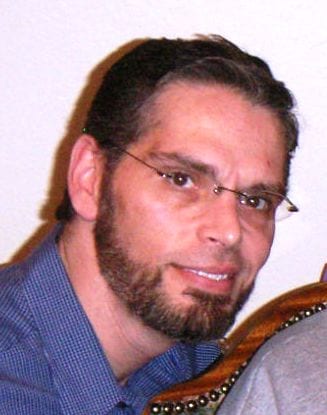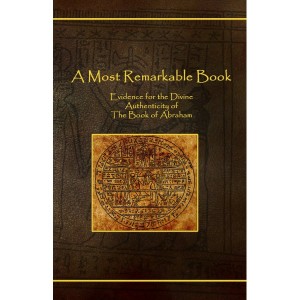Podcast: Download (20.0MB)
Subscribe: RSS
 Steven Wilson is a member of the Church living in the San Francisco Bay area. Twenty years ago, he was introduced to the Church by a recently returned missionary he met in a gay bar. The two eventually moved in together and during the next seven years, Steven developed addictions, contracted AIDS and became severely depressed. As Steven’s condition worsened and he began to feel that he was going to die, he turned to an in-depth investigation of the Church.
Steven Wilson is a member of the Church living in the San Francisco Bay area. Twenty years ago, he was introduced to the Church by a recently returned missionary he met in a gay bar. The two eventually moved in together and during the next seven years, Steven developed addictions, contracted AIDS and became severely depressed. As Steven’s condition worsened and he began to feel that he was going to die, he turned to an in-depth investigation of the Church.
This is his story about how he joined the Church, and eventually became an ordinance worker at the Oakland Temple. He is now happy and no longer experiences temptations with same gender attraction. He was baptized by the same returned missionary that first introduced him to the Church and with whom he has lived for the past 20 years. During the past 13 years of active Church membership, the two men have maintained a close bond of love, friendship and brotherhood within the gospel. He attributes his success in overcoming same gender attraction and his addictions to the Church’s 12 Step Addiction Recovery Program and to the atonement of Jesus Christ. He shares his thoughts on gay marriage, President Packer’s October, 2010 Conference talk, and his strong testimony of the Church of Jesus Christ of Latter-day Saints.
This is the first part of a two part interview.


 Here’s part two of the
Here’s part two of the 
 Harold Bloom, the celebrated Yale literary critic, has offered a recent
Harold Bloom, the celebrated Yale literary critic, has offered a recent 